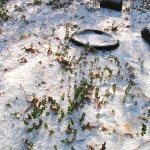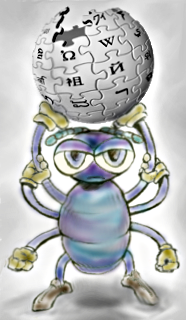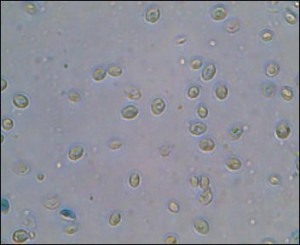
I remain fascinated by the Brazilian study that found that kids living in homes without electricity did not have the same sleep deprivation issues as those with electricity. I thought of it again recently when I ran across the term “nature-deficit disorder” in Oak Hill Montessori school’s newsletter.
Unstructured nature time is so important because children live through their senses. When they are right there in the forest, they are getting a primary multi-sensory experience of nature as opposed to the secondary, often distorted, dual-sensory view presented by TV. – Daniels, 2009 (p. 4)
The idea of nature-deficit disorder comes from the book “Last Child in the Woods” by Richard Louv. Written in 2005 and updated in 2008 with a bunch of practical things you can do to change things, Louv’s book advocates for more time in nature because, “a growing body of research links our mental, physical, and spiritual health directly to our association with nature.” Not only does it affect our individual health, but directly experiencing nature also helps increase environmental awareness (which ties into the Montessori peace curriculum). Louv argues that children have a fundamental right to walk in the woods:
Science sheds light on the measurable consequences of introducing children to nature; studies pointing to health and cognition benefits are immediate and concrete. We also need to articulate the underlying “first principle”—one that emerges not only from what science can prove, but also from what it cannot fully reveal; one that resists codification because it is so elemental: a meaningful connection to the natural world is fundamental to our survival and spirit, as individuals and as a species. Louv (2009)
I can’t say I disagree very much with this diagnosis. My adolescents are too often opting for technology rather than being outside, especially if it’s in nature. This is one reason my students are building the nature trail. The trail has been coming along slowly though, but the seasons are changing and we’ll spend more time outside in the warmer weather. The timing is also nice because we’ve just finished covering simple machines in physics. There are logs and junk to be moved and saplings to be cleared.
Note: Louv has a long list of links to print and broadcast articles on the whole “nature-deficit disorder” concept.






